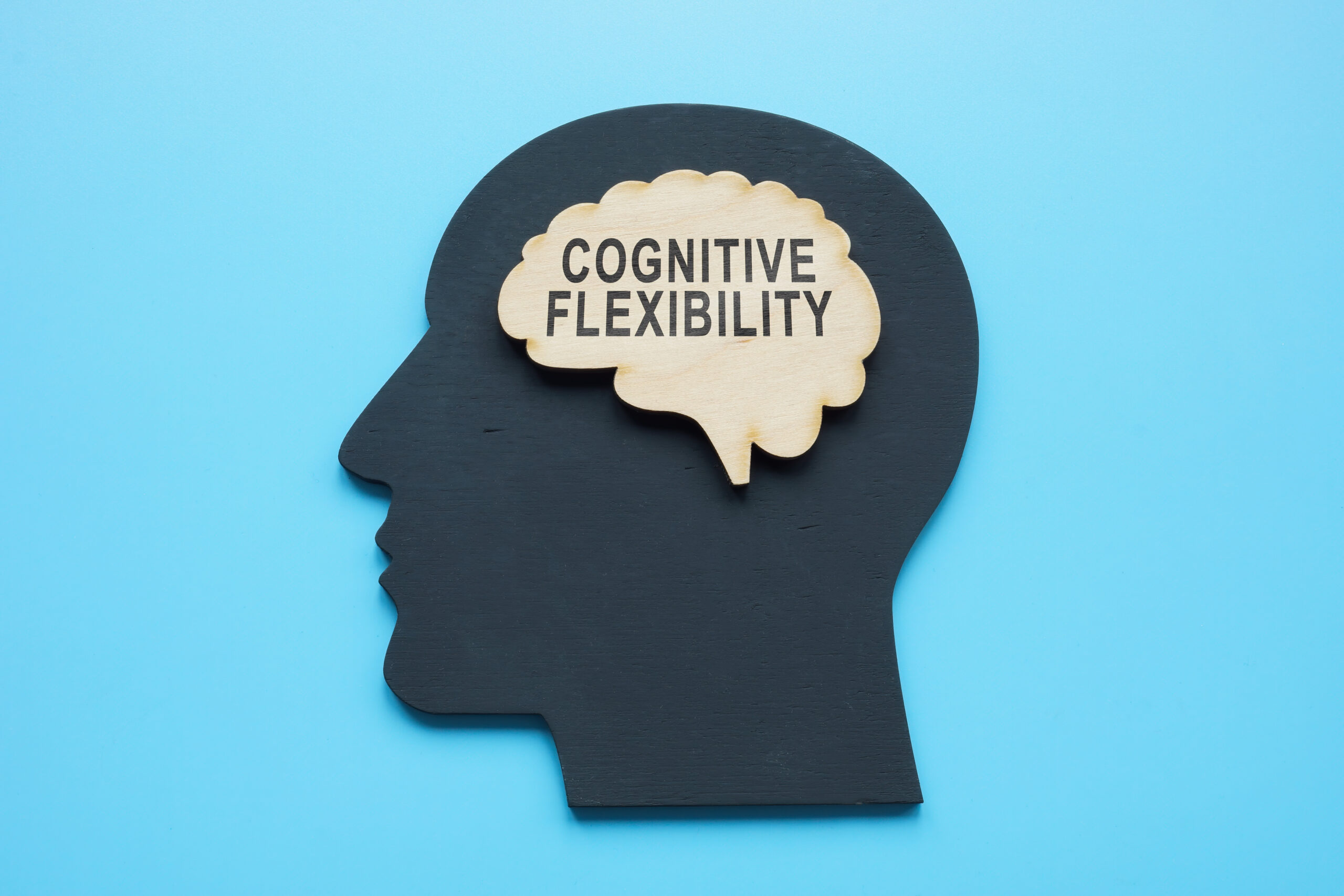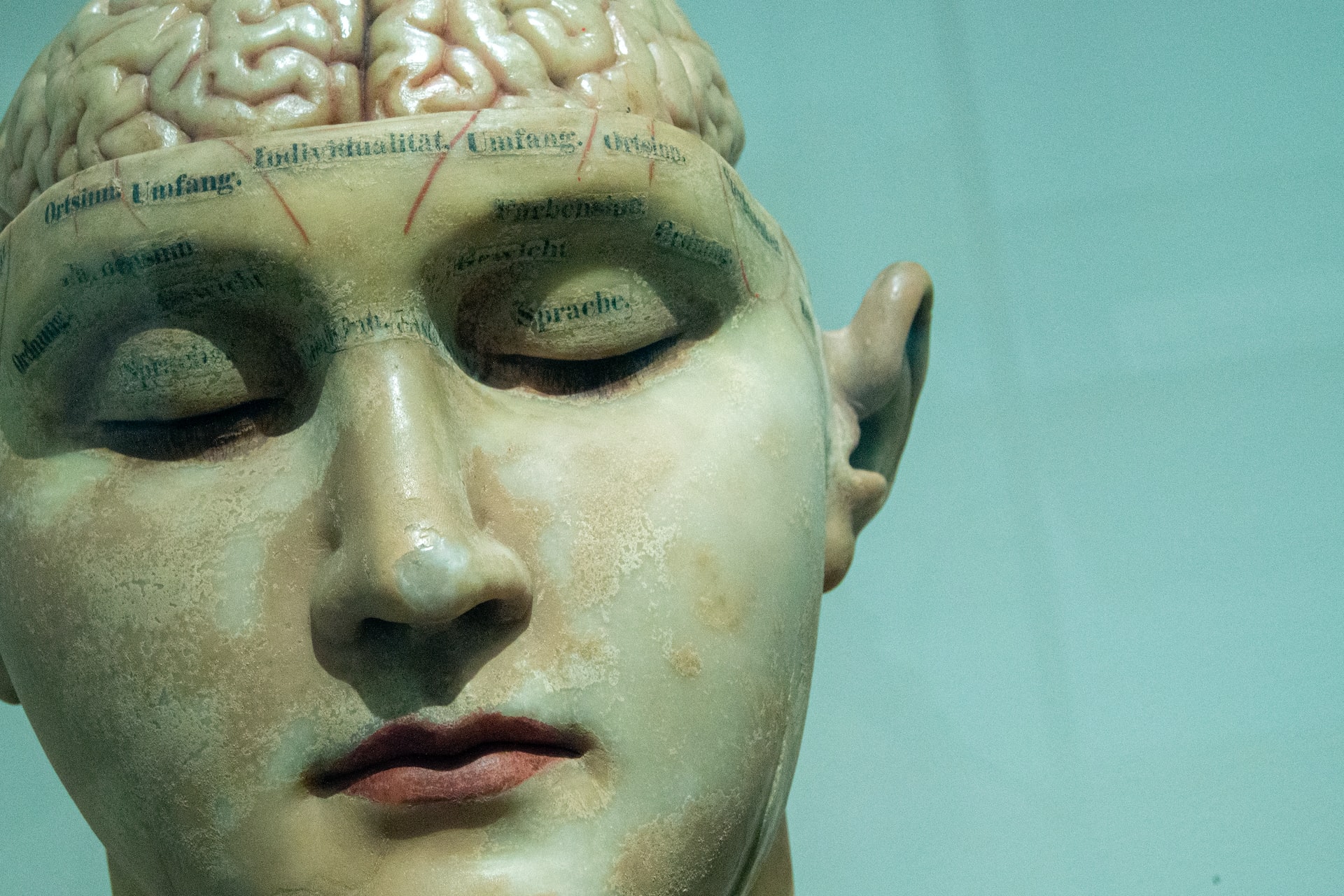Tell me about leading cause of dementia
Dementia is a term that many people have heard of, but few truly understand. It refers to a group of symptoms that affect memory, thinking, and social abilities to the point that it impacts one’s daily life. While there are many different types of dementia, they all share the same underlying cause – damage to brain cells. This damage can be caused by a variety of factors, but the leading cause of dementia is a condition called Alzheimer’s disease.
Alzheimer’s disease is a progressive and irreversible neurological disorder that primarily affects older adults. It is estimated that 60-80% of all cases of dementia are caused by Alzheimer’s disease. This condition was first identified in 1906 by a German physician named Alois Alzheimer, and since then, scientists have been working tirelessly to understand its causes and develop effective treatments.
The exact cause of Alzheimer’s disease is still not fully understood, but researchers have identified some key risk factors. Age is the biggest risk factor – as we get older, our risk of developing Alzheimer’s increases significantly. In fact, after the age of 65, the risk doubles every five years. Genetic factors also play a role, as those with a family history of Alzheimer’s have a higher likelihood of developing it themselves.
But what exactly happens in the brain that leads to dementia? The answer lies in the build-up of abnormal proteins in the brain. These proteins, called amyloid plaques and tau tangles, disrupt the communication between brain cells and ultimately leads to their death. As more and more brain cells die, the brain begins to shrink in size, leading to a decline in cognitive function.
The early stages of Alzheimer’s disease typically involve subtle memory loss, difficulty with language and planning, and mood changes. As the condition progresses, individuals may struggle with everyday tasks such as getting dressed or cooking meals. In the later stages, they may lose their ability to communicate and become completely dependent on others for care.
Aside from Alzheimer’s disease, there are also other types of dementia such as vascular dementia, Lewy body dementia, and frontotemporal dementia. These conditions have different underlying causes, but they all lead to similar symptoms of impaired cognitive function.
While there is currently no cure for dementia, there are treatments and strategies that can help slow its progression and improve the quality of life for those living with it. Medications can help manage symptoms and therapies like occupational therapy and speech therapy can help individuals maintain their independence and communication abilities.
In addition to medical treatment, making certain lifestyle choices can also lower the risk of developing dementia. This includes engaging in regular physical activity, eating a healthy diet, and staying mentally and socially active. Additionally, managing chronic health conditions like diabetes and heart disease can also reduce the risk of developing dementia.
In conclusion, dementia is a complex condition that can have a significant impact on individuals and their loved ones. While there are different types of dementia, Alzheimer’s disease remains the leading cause. Understanding the underlying causes and risk factors can help individuals take preventative measures and seek appropriate treatment to manage their symptoms. With ongoing research and advancements in medical technology, there is hope for a better future for those affected by dementia.





